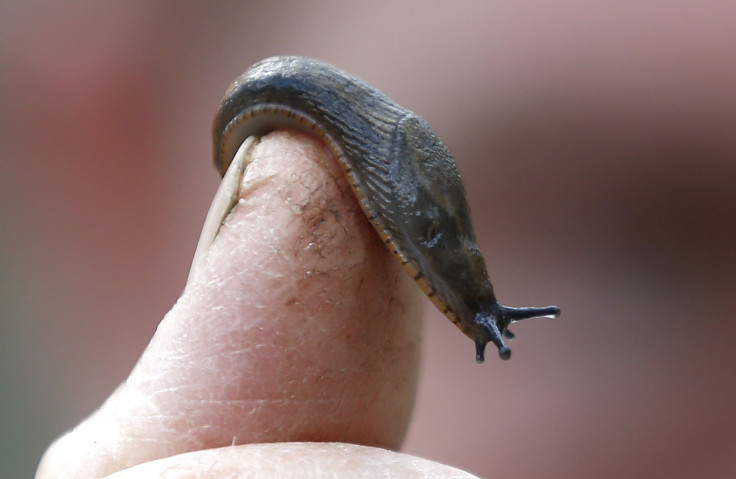What Is Rat Lungworm Disease? 3 New Cases Confirmed In Hawaii

Three people visiting the islands of Hawaii between December and February were infected by the rat lungworm parasite, the Hawaii Department of Health (DOH) said in a press release Thursday, after receiving confirmation from the Centers for Disease Control and Prevention (CDC).
According to the press release, all three were tourists, none of whom were identified, from different parts of the United States. The first of the cases involved an individual who ate a slug on a dare late December. After getting the rat lungworm disease, the adult was not hospitalized for his or her symptoms.
The second person infected by the parasite was also not hospitalized. Although health inspectors could not verify when or how he or she got infected, the individual remembered eating a lot of homemade salad while visiting the islands.
Only the third person was hospitalized after contracting the disease. After investigation, officials determined that he or she likely got infected while “grazing,” or eating unwashed raw fruits, vegetables and other plants from the land.
“It’s important that we ensure our visitors know the precautions to take to prevent rat lungworm disease, which can have severe long-term effects,” DOH Director Bruce Anderson said in the release. “Getting information to visitors about the disease is just as critical as raising awareness amongst our residents.”
Last year, there were 10 confirmed cases of rat lungworm or Angiostrongyliasis. So far this year, there have been five such instances confirmed by the CDC.
The parasitic worm that causes the disease is called Angiostrongylus cantonensis. The disease gets its name from the fact that the adult form of the parasite is found only in rodents. “Infected rats pass larvae of the parasite in their feces. Snails and slugs get infected by ingesting the larvae. These larvae mature in snails and slugs but do not become adult worms. The life cycle is completed when rats eat infected snails or slugs and the larvae further mature to become adult worms,” according to the CDC’s website.
People can get infected by the disease by eating raw or undercooked snails or slugs that are infected with the parasite. Infection can also spread by accident, when people unwittingly consume raw produce (such as lettuce) that contains a small snail or slug or part of one. Certain animals, such freshwater shrimp, crabs or frogs, have also been found to be infected with larvae of the parasite, although there has been no evidence to prove that the disease can spread through the consumption of uncooked animals.
Symptoms of the disease include a mild form of meningitis, headache, stiff neck, tingling or painful sensation in the skin, low-grade fever, nausea, and vomiting. The symptoms usually do not last long. The disease is not contagious.
The most common types of treatment are for the symptoms of the infection, such as pain medication for headache or medications to reduce the body’s reaction to the parasite, rather than for the infection itself. The parasite dies over time, even without treatment. Only patients with severe cases of meningitis, which happens rarely, could need more serious treatment.
DOH provided the following recommendations to prevent rat lungworm disease:
- All types of raw fruits and vegetables should be washed under clean, running water to remove any tiny slugs or snails. Close attention should be paid to leafy greens.
- Homes, gardens and farms should be cleared of debris where snails, slugs, and rats might live. Using traps and baits also help in getting rid of pests already present in and around the property. Gloves should always be worn for safety when working outdoors.
- Fresh produce that come in sealed containers, should also be inspected and washed before storage, regardless of whether it came from a local retailer, farmer’s market, or backyard garden.
© Copyright IBTimes 2025. All rights reserved.






















